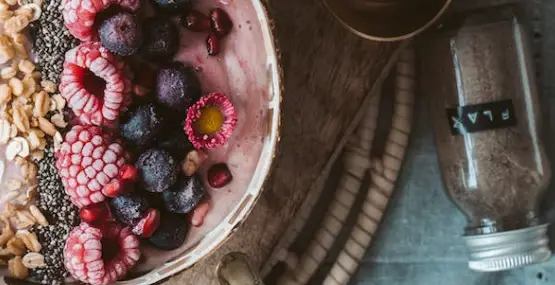
The wonderful world of baby poop
What every stool looks like for every stage of a baby's life
-Stools or bowel movements or BMs or whatever else you want to call baby poop varies even more than the name. It really is different depending on what the babies are fed.

Breastfed Babies
Breastfed babies produce stools that are creamy to seedy and mustard yellow in the early weeks, darkening to a greenish brown. They have 3 bowel movements a day on average (and about twice that number of wet diapers, though some of these may be mixed together). As the baby gets older, the number of bowel movements may diminish. But there is considerable variability, probably because there is tremendous variability in breast milk. Babies who are feeding longer and get more hindmilk tend to have creamier, yellower stools than babies who are getting relatively more foremilk. Those babies have thinner, often greener stools.
Some breastfed babies don't follow that pattern at all. They seem to absorb the nutrients so thoroughly that there is little residue. They can have bowel movements as infrequently as once a week or every 10 days. Even adding water doesn't increase bowel action because these infants absorb the water too.
This is a normal pattern, not constipation. These are healthy babies, gaining and growing well, normally comfortable, and passing the same creamy stools, just less often. If you as a parent are concerned, discuss the situation with your primary care provider, who will probably want to examine the baby, evaluate a specimen, and consider testing if there is any uncertainty, especially if the baby is distressed and trying to expel stool more often.
Formula-fed Babies
Formula-fed infants generally have less frequent, tan-colored stools. These tend to darken as over time as the intestine, and the time to get through it, gets longer. Adding probiotics and prebiotics to some of the formulas has allowed the formula manufacturers to come closer to the effects as well as the content of breast milk. So the stools of these formula-fed infants are more frequent and thinner. The hydrolysates (formula that has been broken broken to allow easier absorption and less tendency towards allergy) create more frequent, looser, greener, mucusy stools, that parents easily can mistake for diarrhea.
Once Solids Are Added
The output largely depends on the input and the processing it goes through inside. The thinner stools of early infancy thicken when cereal is added. Rice cereal tends to thicken the stool and slow the intestine more than other cereals. But they all add more bulk and tend to darken the stools because these grains also seem to create a change in the bacterial population in the intestine and slow passage which gives the bacteria more time for digestion and changes BM color.
Vegetables and fruit, with their increased fiber content, loosen the stools as they do for most adults, though apples and bananas can be constipating for some babies. And the sugar in their juices too tend to speed passage and loosen BMs. Sometimes, they can be quite loose, in fact. Meats again tend to slow the intestine, especially those with higher fat content. So it's all a balance that may vary considerably day to day, with babies drinking different amounts and eating different foods. So expect stools to change right along with a baby's diet–but do notify your pediatrician if the baby's poops are consistently hard or soaking completely into the diaper (because babies can easily become dehydrated).




